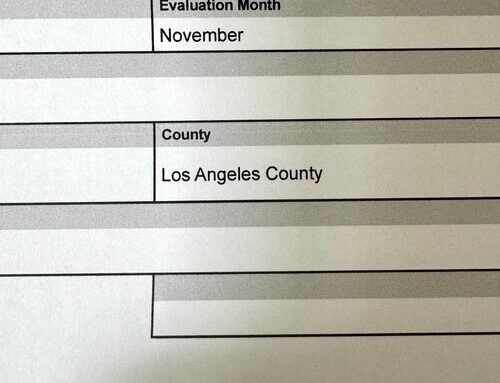Sales of previously owned U.S. homes rose in October by the most since earlier this year, as buyers took advantage of a dip in mortgage rates in the previous month.
Contract closings increased 3.4% from a month earlier — the most since February — to a 3.96 million annualized rate, according to data released Thursday by the National Association of Realtors. That was in line with the median estimate in a Bloomberg survey of economists and followed the weakest pace since late 2010.
Despite the uptick in sales, the housing market remains bogged down by topsy-turvy mortgage rates and limited choices. Mortgage rates had dipped to a two-year low in September, persuading buyers to sign contracts that then closed the following month.
Now, home financing costs are approaching 7% amid strong economic data and Donald Trump’s election win — which are both tempering expectations for how much the Federal Reserve will cut interest rates in the coming months.
“Additional job gains and continued economic growth appear assured, resulting in growing housing demand,” NAR Chief Economist Lawrence Yun said in a prepared statement. “While mortgage rates remain elevated, they are expected to stabilize.”
High borrowing costs have led to a shortage of previously owned homes on the market, discouraging many would-be home sellers from listing their properties for sale and having to part with their current low financing costs.
Last month, the inventory of available homes edged up 0.7% to 1.37 million, continuing to trend higher although well below pre-pandemic levels.
Despite the weakness in sales, tight inventory is keeping prices elevated, yielding one of the least affordable housing markets on record. The median sale price last month increased 4% from a year earlier to $407,200, the highest ever for any October, the NAR figures show.
In fact, previously owned homes are quickly catching up to the price of new homes. The price premium for new homes has sunk to a historic low, just 1%, according to a Nov. 7 note from Bloomberg Intelligence analyst Drew Reading.
That’s partly because prices for previously owned homes have risen faster than new ones, but also because builders have responded to customers’ pocketbook problems by offering lower-priced homes with smaller floor plans, as well as boosting their use of sales incentives.
In October, 59% of homes sold were on the market for less than a month, compared with 57% in September, and 19% sold above the list price. Properties remained on the market for 29 days on average, compared with 28 days in the previous month.
Looking ahead, sales in November may reflect the impact of Hurricanes Helene and Milton, which wrecked parts of the South — the US’s biggest home-selling region.
Existing-home sales account for the majority of the U.S. total and are calculated when a contract closes. On Tuesday, the government will release October new-home sales figures, which are based on contract signings.

